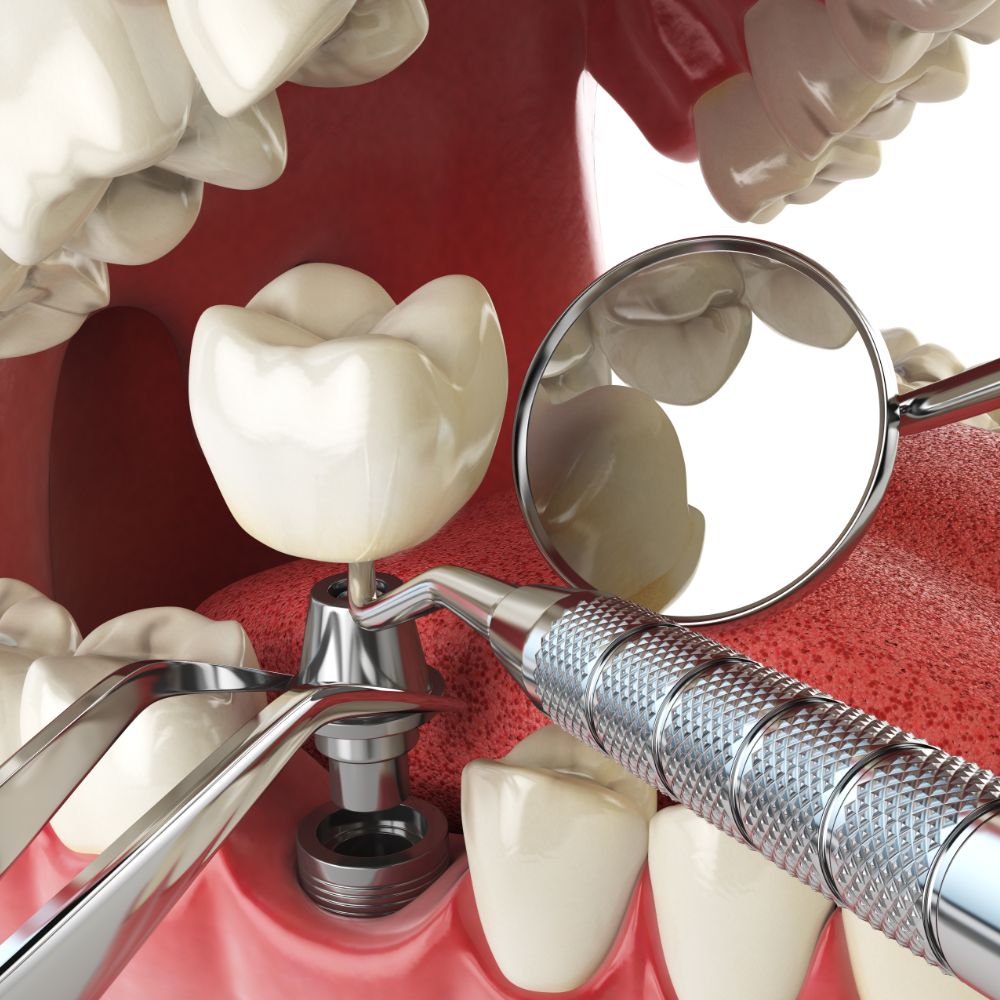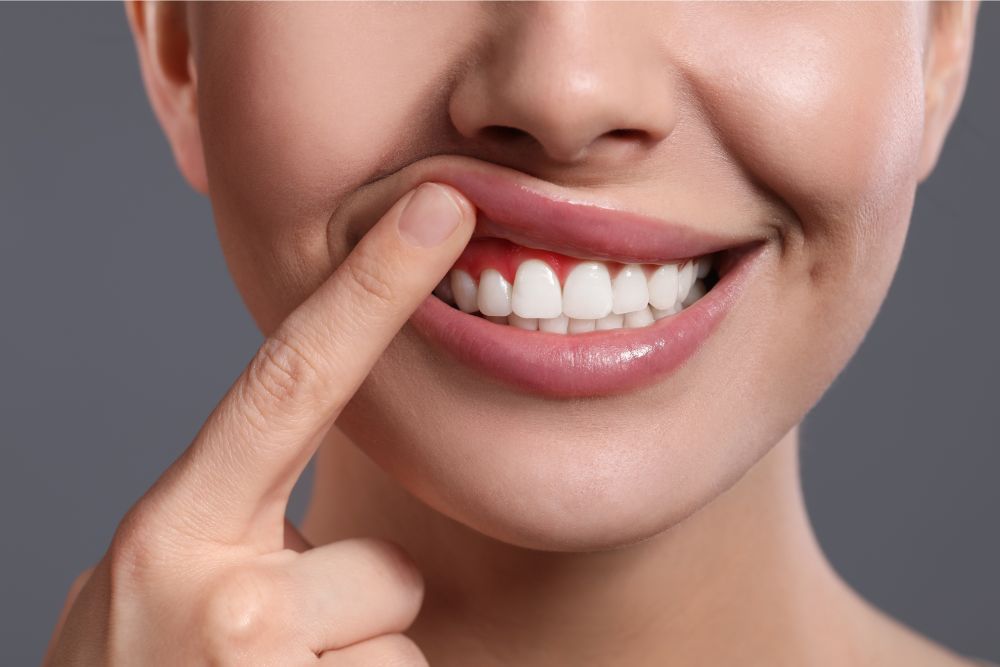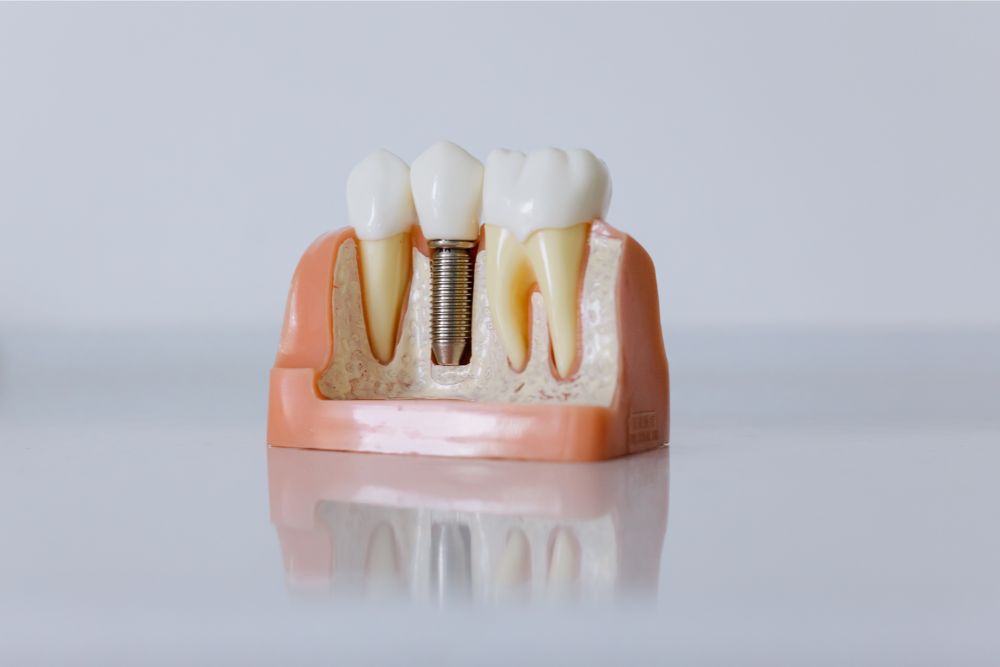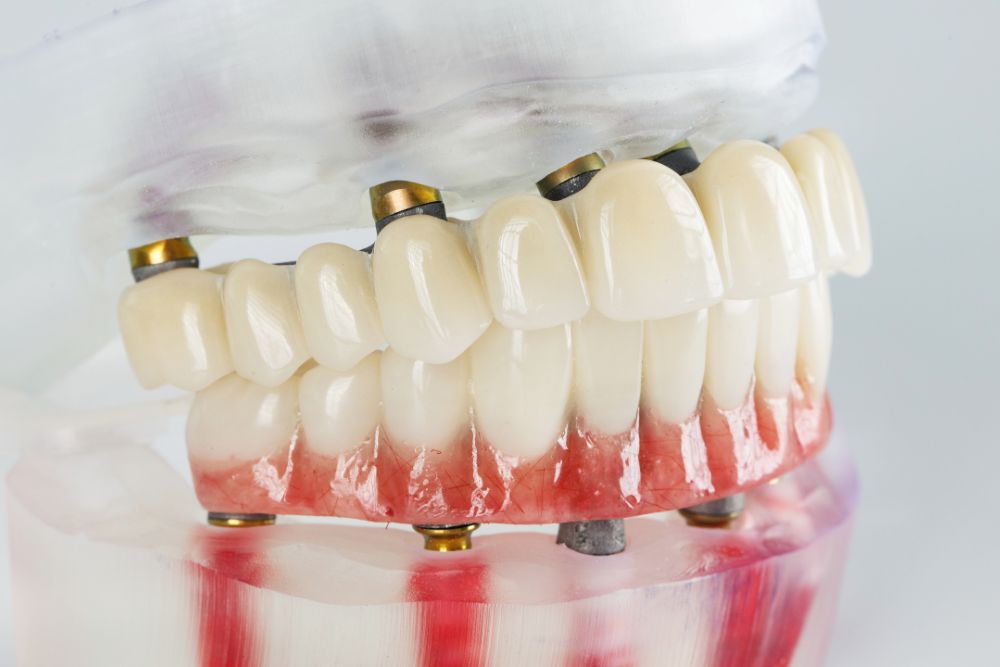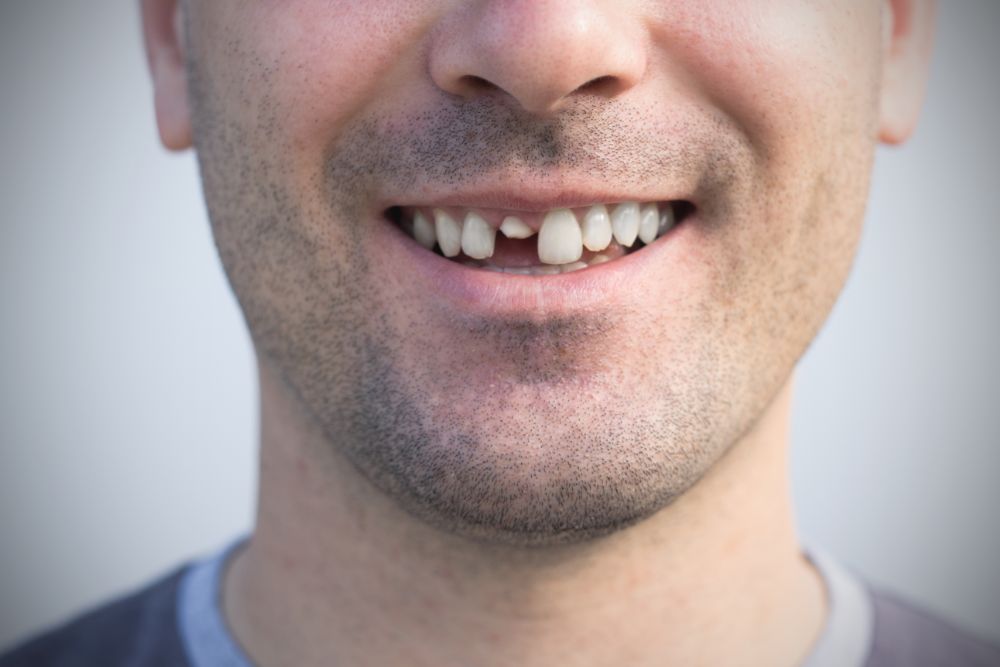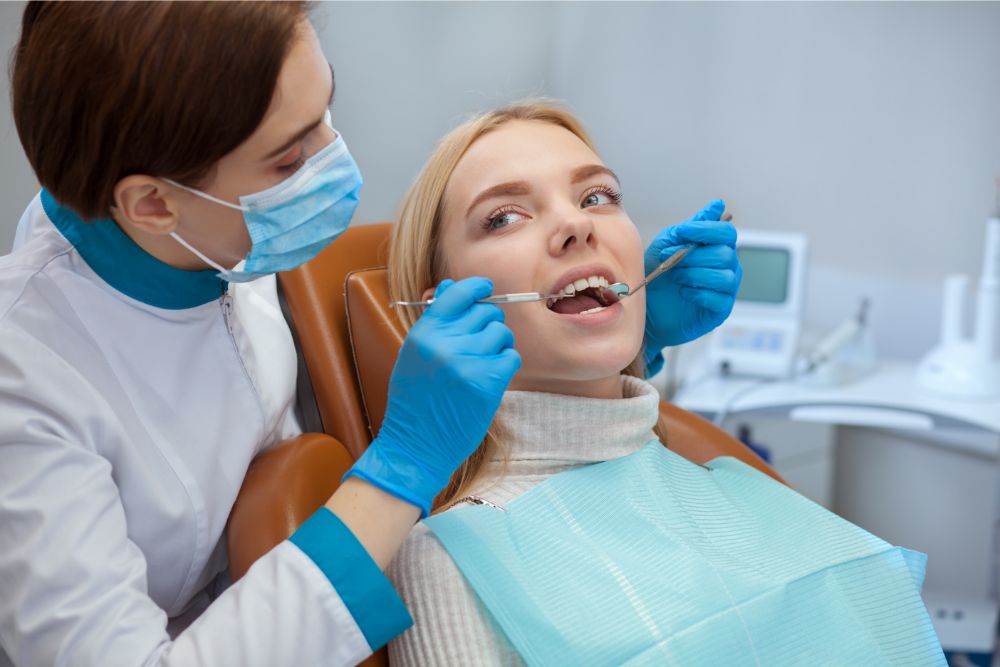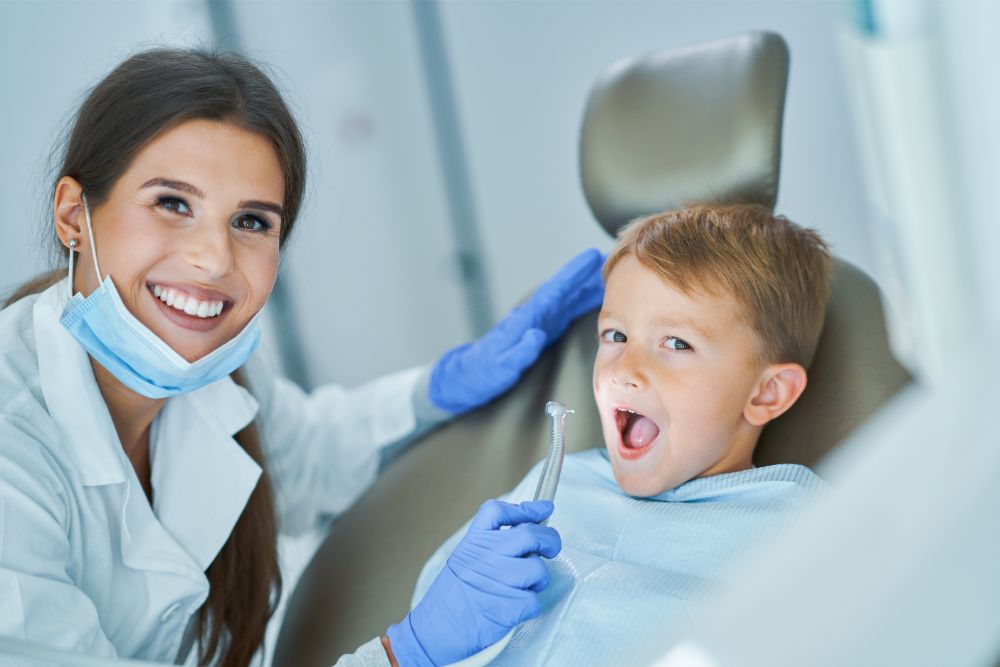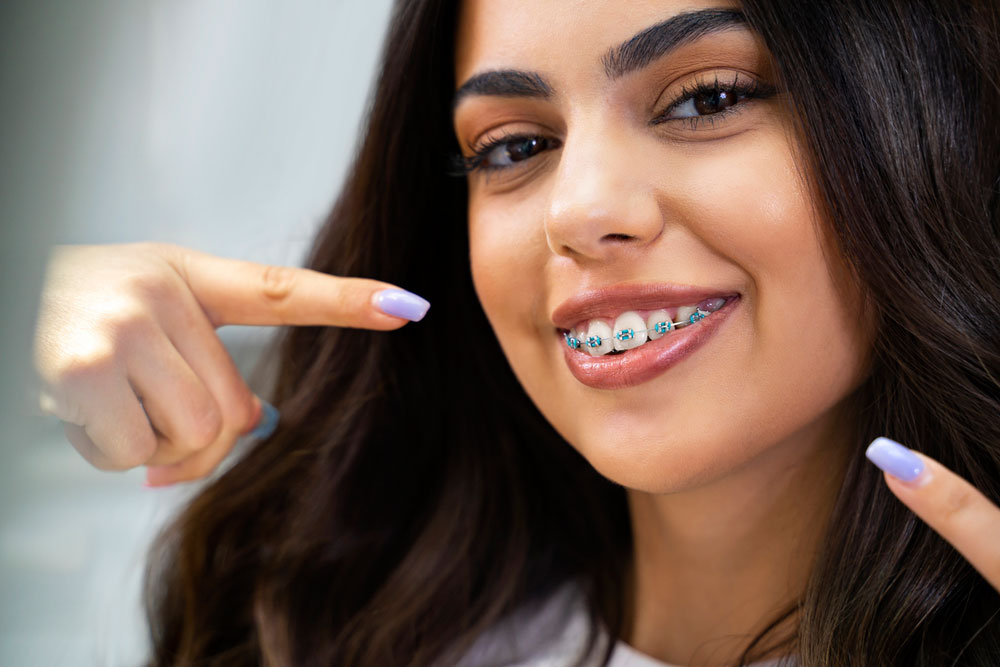
Are you considering Fastbraces to straighten your teeth but worried about how they will impact your active lifestyle, particularly when playing sports? The good news is thatFastbraces are designed with your comfort and convenience in mind, allowing you to participate in sports without limitations.
Our team in Mission Viejo offers Fastbraces as a revolutionary solution for achieving a straighter smile in less time than traditional braces.
Durable and Comfortable
Fastbraces are specifically engineered to be durable and comfortable, making them suitable for athletes of all ages and activity levels. Whether you’re playing basketball, soccer, or engaging in high-contact sports, Fastbraces can withstand the demands of your athletic endeavors.
Innovative Technology
Unlike traditional braces, which typically require longer treatment times, Fastbraces utilize innovative technology to expedite the orthodontic process. With Fastbraces, you may achieve results in as little as three to twelve months, allowing you to focus on your performance without prolonged treatment duration.
Additionally, Fastbraces offer several advantages for athletes. These include:
Minimal Discomfort
Fastbraces are designed to exert gentle yet effective forces on the teeth, reducing discomfort during orthodontic treatment. This means you can continue to participate in sports without being sidelined by mouth pain or irritation.
Flexible Maintenance
Fastbraces are simple to clean and maintain, allowing you to maintain a flexible oral hygiene schedule even while wearing braces. Proper oral care is essential for athletes to prevent dental issues and maintain overall health.
Customized Fit
Fastbraces are custom-made to fit your unique dental structure, ensuring a snug and secure fit during sports. You won’t have to worry about braces interfering with your mouthguard or causing discomfort while wearing protective gear.
We understand the importance of maintaining an active lifestyle and will work with you to ensure your orthodontic treatment aligns with your goals. Don’t let concerns about braces hold you back from enjoying the sports you love. Schedule a consultation with Pro Health Dental today to learn more about Fastbraces and how they can enhance your smile.


